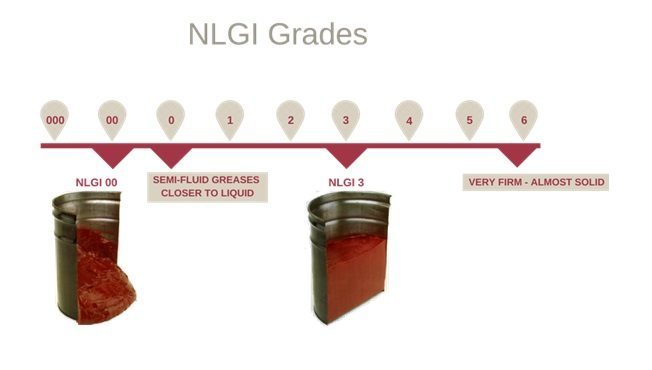Oils vs. Greases: What's the Difference?
The two main types of lubricants are oils and greases. Both aim to lubricate equipment and prevent damage through metal to metal contact. However, there are a few key differences in how they are used.
To put it simply, grease is oil mixed with a thickener and other additives. These thickeners impact grease capability and compatibility. They also impact grease consistency, which is measured in NLGI (National Lubricating Grease Institute) Grades. The NLGI grade is a measure of a greases consistency. The higher the grade, the thicker the grease.

But why use grease over oil? Greases are better for leakage control and provide better seals against contaminants. Grease can remain in equipment longer and tolerate a variety of conditions. It is also easier to apply in most industrial settings. The best greases should tolerate some contamination, resist leakage and change in consistency and be compatible with all seals.
Of course, oil has advantages as well. It’s easier to drain, easier to control the amount you are using and much cleaner than grease. It also provides better cooling properties. Oil is also better for extending the life of bearings, as oiled bearings can last twice as long as greased ones.
Read More:
